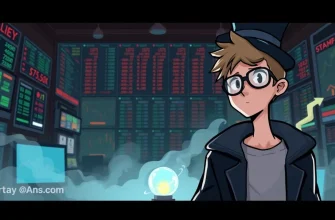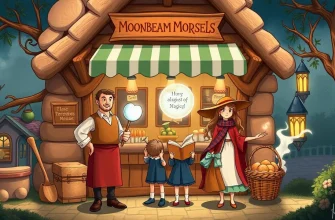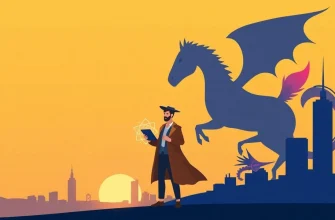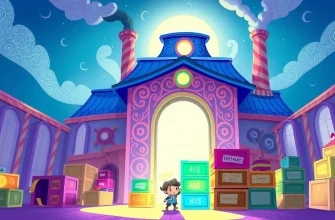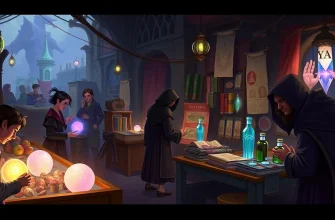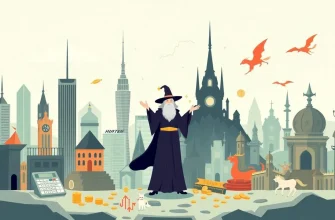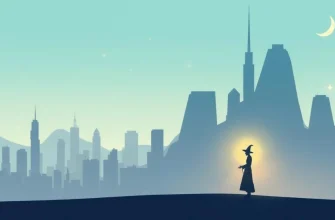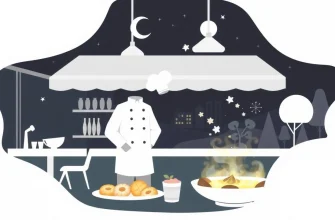- The Dark Crystal (1982)
- The Last Unicorn (1982)
- The NeverEnding Story (1984)
- The Princess Bride (1987)
- The City of Lost Children (1995)
- The Lord of the Rings: The Two Towers (2002)
- The Chronicles of Narnia: The Lion, the Witch and the Wardrobe (2005)
- Pan's Labyrinth (2006)
- The Secret of Kells (2009)
- Stardust (2007)
Fantasy films have a unique way of exploring the human condition through the lens of the extraordinary. This collection of films not only entertains but also provides a profound look at crises, whether they are personal, societal, or even cosmic in scale. Each film in this list uses fantasy elements to delve into themes of survival, transformation, and the quest for hope in the face of adversity, making them both thrilling and thought-provoking.
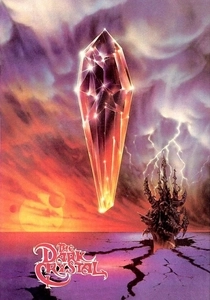
The Dark Crystal (1982)
Description: In a world where the balance of nature is in crisis, the film follows Jen, a Gelfling, on a quest to restore the crystal and save his world from the tyranny of the Skeksis.
Fact: The film was one of the first to use extensive puppetry and animatronics, requiring over 50 puppeteers. It was co-directed by Jim Henson and Frank Oz.
 Watch Now
Watch Now 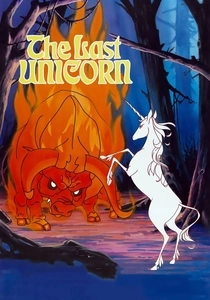
The Last Unicorn (1982)
Description: The film follows the last unicorn on a quest to find others of her kind, discovering a world in crisis where magic is fading, and humans are encroaching on mythical lands.
Fact: The film features voice acting by Mia Farrow, Jeff Bridges, and Alan Arkin. It was based on Peter S. Beagle's novel, which he also adapted for the screen.
 Watch Now
Watch Now 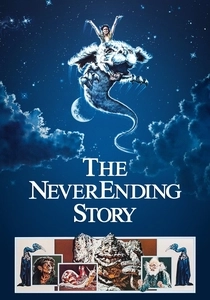
The NeverEnding Story (1984)
Description: This film tells the story of a boy who reads a magical book where the world of Fantasia is in crisis, facing destruction by The Nothing, a force of emptiness and despair.
Fact: The film's iconic theme song was performed by Limahl, and the movie was a significant hit in Germany before gaining international acclaim.
 Watch Now
Watch Now 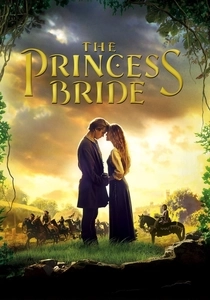
The Princess Bride (1987)
Description: While not a traditional crisis, the film explores personal crises through its fairy-tale narrative, with themes of love, betrayal, and the quest for justice in a whimsical fantasy setting.
Fact: The film has a cult following and is often quoted for its memorable lines. It was initially considered a box office disappointment but has since become a beloved classic.
 Watch Now
Watch Now 
The City of Lost Children (1995)
Description: This surreal film depicts a world in crisis where children are kidnapped to steal their dreams, exploring themes of innocence lost and the fight against a dystopian society.
Fact: The film was co-directed by Jean-Pierre Jeunet and Marc Caro, known for their unique visual style. It was shot in a studio in Paris, creating an entirely artificial world.
 Watch Now
Watch Now 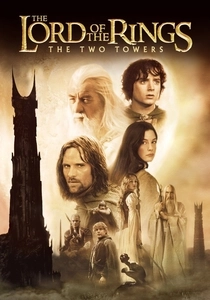
The Lord of the Rings: The Two Towers (2002)
Description: This epic fantasy film explores the crisis of Middle-earth as the forces of darkness threaten to engulf the world. The fellowship faces internal and external crises, from the breaking of the fellowship to the siege of Helm's Deep.
Fact: The film was shot back-to-back with "The Fellowship of the Ring" and "The Return of the King" to maintain continuity in the aging of the actors. The battle at Helm's Deep took 120 days to film.
 Watch Now
Watch Now 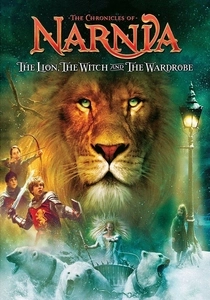
The Chronicles of Narnia: The Lion, the Witch and the Wardrobe (2005)
Description: During World War II, four children enter Narnia, a land in perpetual winter due to the White Witch's curse, symbolizing a world in crisis, where they must help restore balance.
Fact: The film was shot in New Zealand, with many of the same crew members who worked on "The Lord of the Rings" films. The wardrobe used in the film was a replica of the one described in C.S. Lewis's book.
 Watch Now
Watch Now 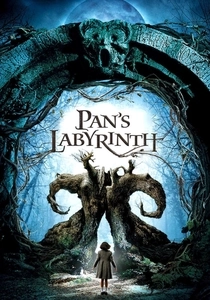
Pan's Labyrinth (2006)
Description: Set against the backdrop of post-Civil War Spain, this film intertwines a young girl's fantastical journey with the harsh realities of a fascist regime, exploring themes of escape and resistance during a time of crisis.
Fact: The film was shot in English and Spanish, with the English version being dubbed by the actors themselves. The creature designs were inspired by the works of Goya and Bosch.
 Watch Now
Watch Now 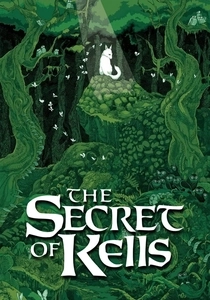
The Secret of Kells (2009)
Description: Set during Viking invasions, this animated film explores the crisis of a young boy's journey to complete an illuminated manuscript, symbolizing the preservation of knowledge and culture in times of turmoil.
Fact: The film uses a unique animation style inspired by Celtic art and medieval manuscripts. It was nominated for an Academy Award for Best Animated Feature.
 Watch Now
Watch Now 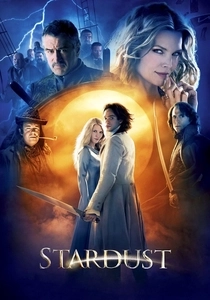
Stardust (2007)
Description: In a world where a star falls from the sky, the ensuing quest for the star's heart leads to a crisis of power and identity, challenging the characters' understanding of their world.
Fact: The film features a cameo by Neil Gaiman, the author of the novel on which the movie is based. The production design was heavily influenced by Victorian-era art and architecture.
 Watch Now
Watch Now 

